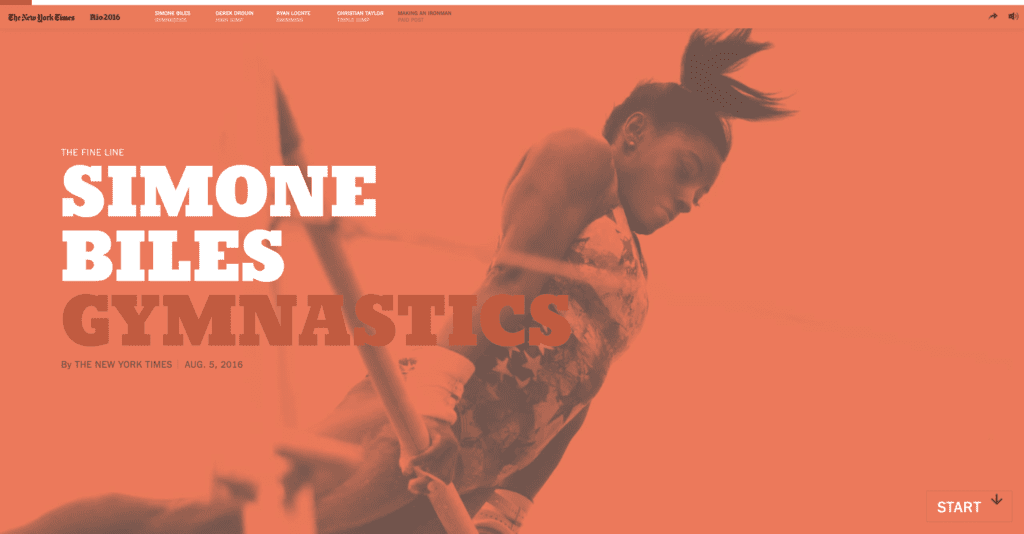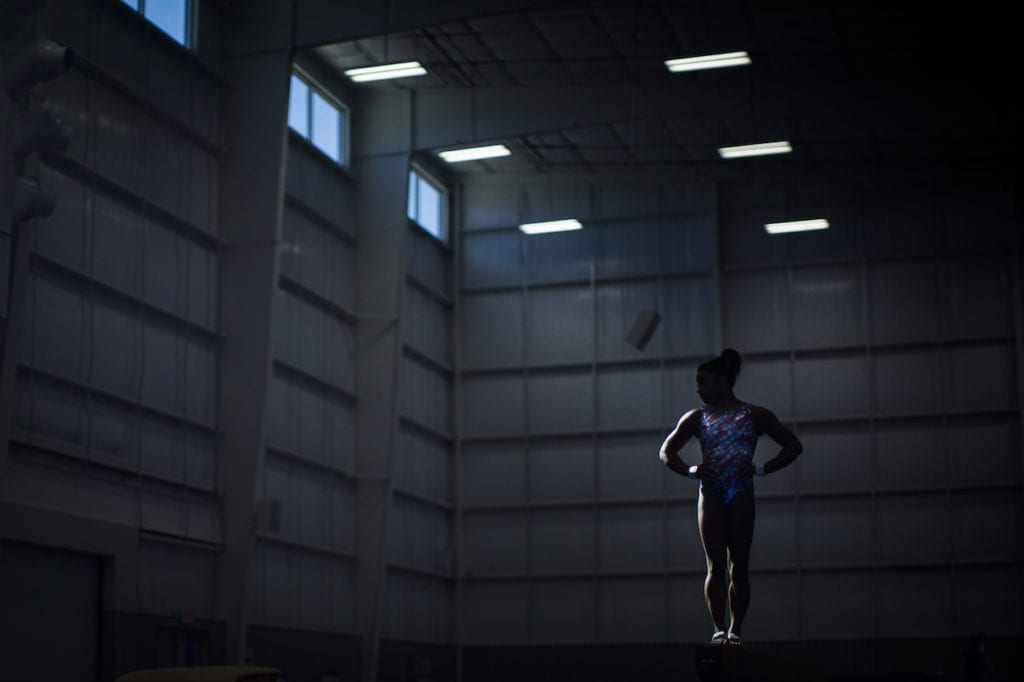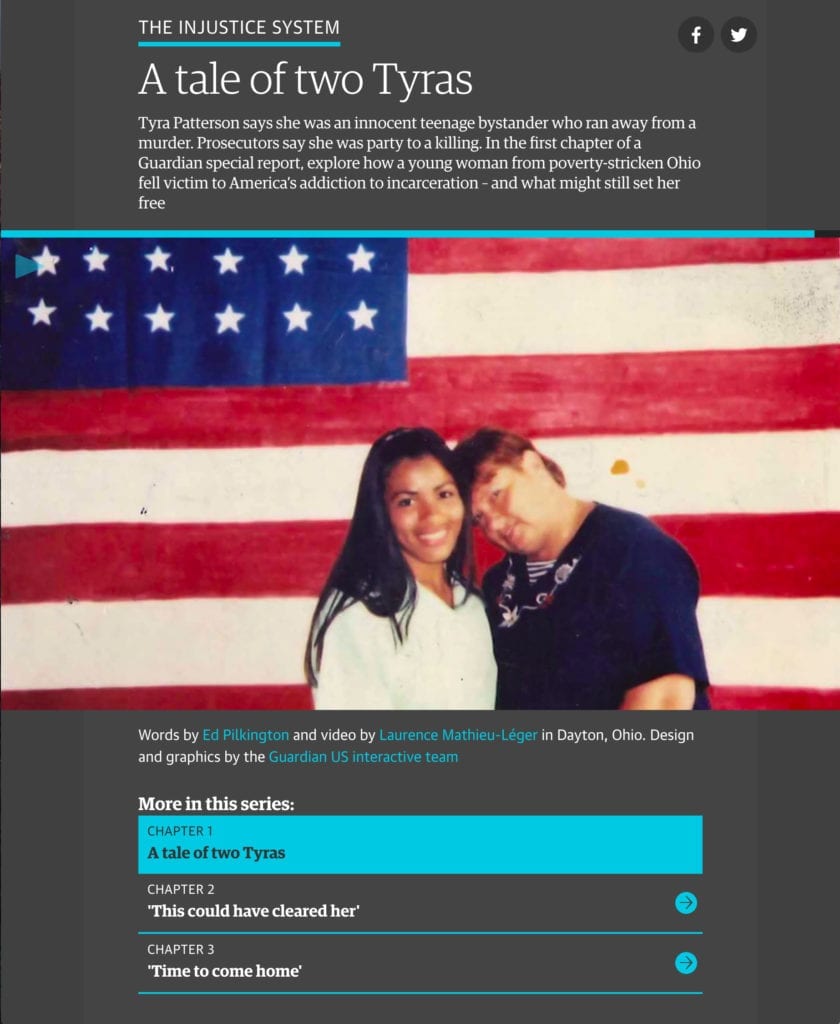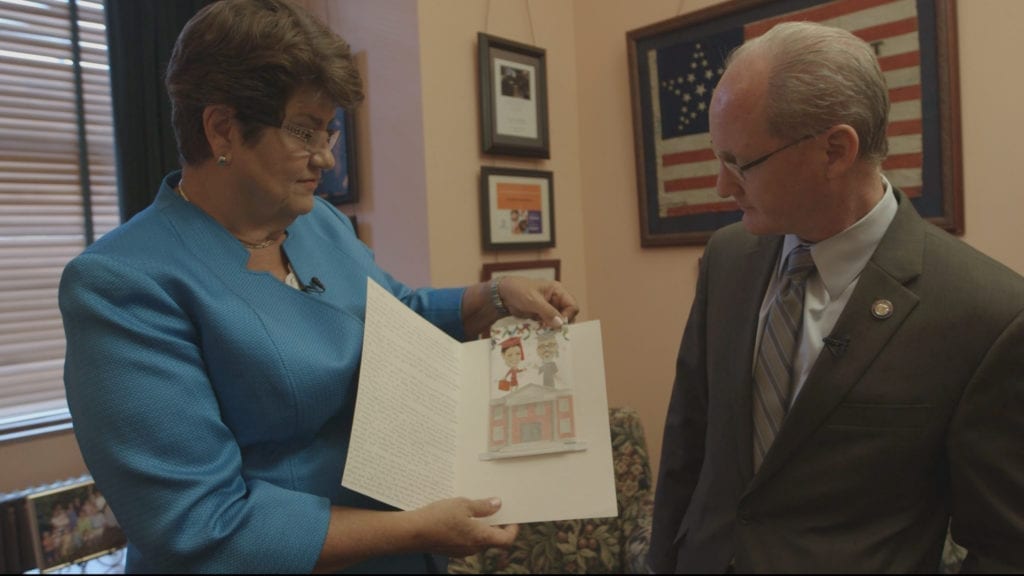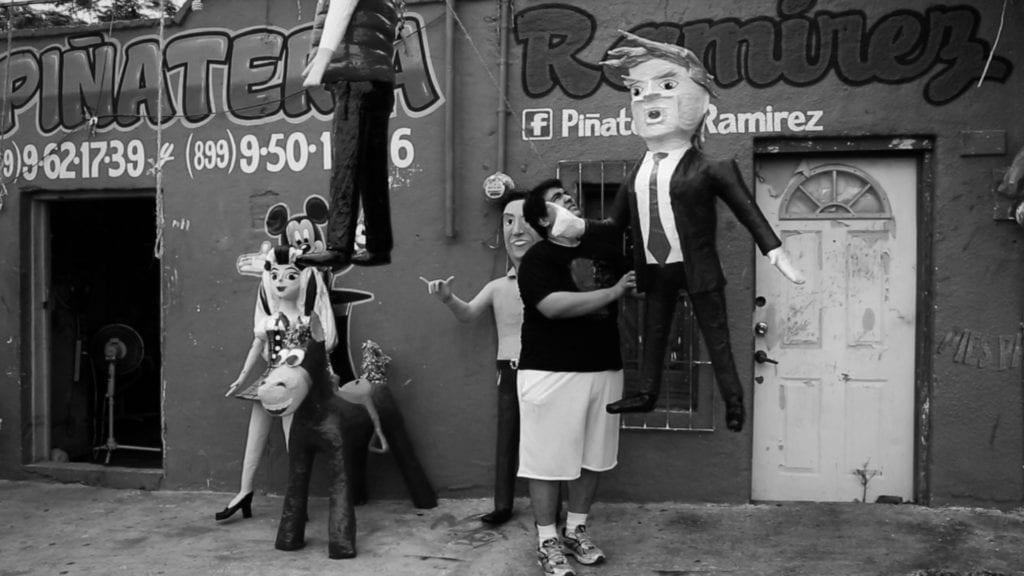Donald Trump’s Mexican wall may have got the headlines over the last year, but walls – in a very physical sense – are being built between nations all over the world, at a pace and urgency under-reported by the world’s most viable media organisations.
“In many ways, the barrier-building is being driven by fear,“ The Washington Post wrote in the introduction to New Age of Walls, a multimedia investigation detailing each of the 63 border walls and barriers, many of them newly constructed, that are now dividing nations across four continents.
New Age of Walls was the winner of the Innovative Storytelling category in World Press Photo’s Digital Storytelling contest, an award for a piece of journalism designed specifically for the online space.
“Most of the new walls are being erected within the European Union, which until recently was nearly borderless,” The Post wrote. “Britain is going further, rolling up its bridges to the continent by voting to exit the E.U.
“Intended to counter migrants and terrorist attacks, these moves are not limited to Europe. In the Middle East, Tunisia is erecting a desert barrier with lawless Libya to insulate itself from unrest and an Islamic State-led insurgency.
“In Asia, India and Burma are encircling Bangladesh with hundreds of miles of razor wire to block migrants and counter religious extremism.”
Using audio and visual media, various genres of photography, from classic documentary to oblique architectural shots, as well as graph-based data journalism and conventional text, The Washington Post details how, over the last 15 years, countries across the world have started to built walls in a bid to improve their security.
Since 9/11, The Post details, barriers between nations, territories and regions have grown from less than 15 to around 63.
Speaking to BJP, Alexandre Brachet who chaired the Innovative Storytelling jury and awarded the prize to The Washington Post, called the series “one of the most beautiful pieces of work” he has ever come across online. “The combination of video and audio demonstrated how much the team were intent on making something for the web and by the web,” he says.
“It’s about borders and fences, and you can immediately feel how much decisions made by politicians have impacted on powerless people trying to go about their daily lives.”
The Skin Deep + Murmur won the Immersive Storytelling prize for The Dig, a distinctive look at modern relationships in a post marriage world.
“Most modern relationships don’t stick to the old married-with-children conventions, but now that we have shaken off rigid attitudes on matters like gender, cohabitation and age, our relationships would seem to present new problems and dilemmas,” The Skin Deep + Murmur write when introducing the series. “The web series The Dig explores the future of relationships using interactive audiovisual elements.”
Elsewhere in the digital contest, a special report by Guardian US, exploring how a young woman from poverty-stricken Ohio fell victim to America’s addiction to incarceration, won an Immersive Storytelling Prize, alongside The New York Times’ The Fine Line, an interactive look at what made the Olympic gymnast Simone Biles come from relative obscurity to be recognised as the world’s best athletes.
World Press Photo launched the Digital Storytelling Contest in 2011 “as a way to recognise the new forms of visual storytelling being enabled by the changing media economy”. Brachet said the jury talked about judging a prize in the age of fake news, and the rise of organisations actively working contrary to the founding ethics of journalism.
“The internet can be a place for high-quality journalism,” he says. “And that’s really important to empathise. There’s many series out there on the internet, bringing high-value information to the global public. We talk a lot about how Facebook and other platforms are eating the internet. But we should not bury the internet too early. I still see the internet as the ultimate destination for a documentary maker, or visual storyteller, today.”
This year, 282 productions were submitted to the contest: 135 Short Form, 54 Long Form, 62 Immersive Storytelling and 31 Innovative Storytelling.
The organisation define the prize as: “A visual story or project produced for the web, or as an app for a mobile device, which through its design, creates an innovative visual experience for the user. It must include photography and/or film in combination with (but not limited to) animation, graphics, illustrations, sound or text.”
Winners in each category are invited to the World Press Photo Festival of Visual Journalism in Amsterdam. The winners in each category will receive a diploma and a Golden Eye Award, presented during the annual Awards Ceremony.
The Innovative Storytelling contest was chaired by Alexandre Brachet, producer of the French production company UPIAN. He was joined on the Jury by Josh Begley, American data artist and web developer, Hayoun Kwon, South Korean multimedia artist, Marcelle Hopkins, executive producer of 360 news New York Times, and Hugues Sweeney, executive producer of Canada’s NFB.
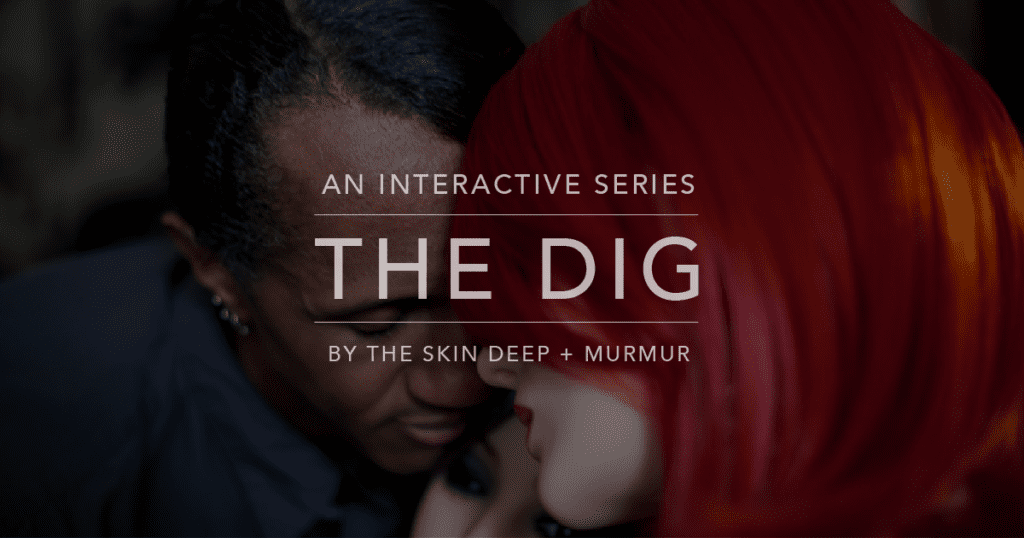
The more elements you see, the more you know. In the end, you can decide what you think the couple should do, and in doing so you learn something about yourself. The stories of simple questions about complex problems are told through beautiful cinematography and frank interviews with the people involved.
